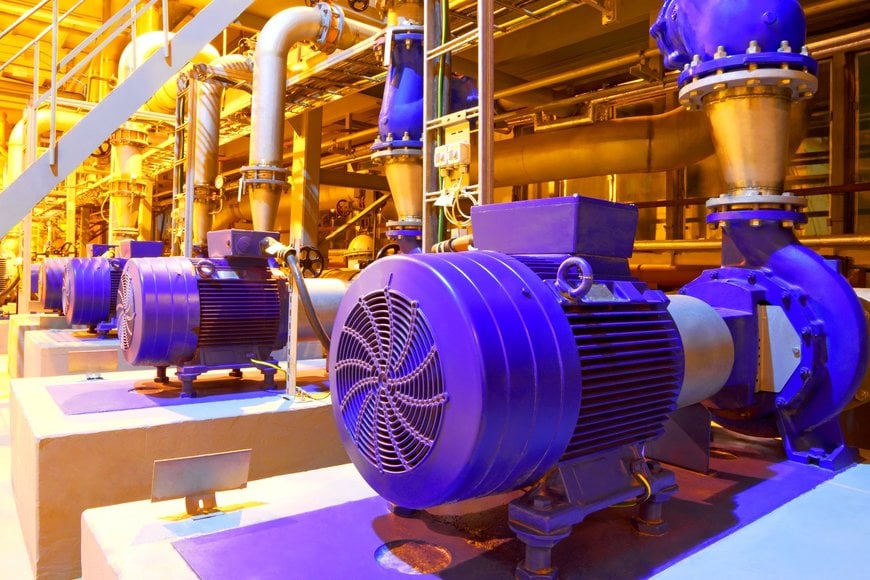www.industryemea.com
24
'21
Written on Modified on
Four ways obsolescence management can help make manufacturing more sustainable
According to Statista, the most popular climate policies in the Asia Pacific region for 2020 include land and forest conservation, alternative energy, climate-friendly farming techniques and investing more money in green businesses and jobs.

Here, John Young, sales director at automation parts supplier EU Automation, explains how something as seemingly simple as obsolescence management can help manufacturing becoming more environmentally friendly.
Obsolescence is a natural consequence of technological evolution. In a world where technology is rapidly evolving, manufacturers often find themselves relying on industrial components that quickly becoming obsolete. Having an effective strategy in place to manage obsolescence can help you save money, but it is also an unappreciated way of making manufacturing more sustainable.
Here are four tips for helping manage obsolescence that also help reduce emissions and waste:
Don’t upgrade EOT
Equipment can become obsolete for a number of reasons, whether that is changing regulations or discontinuation for commercial reasons. Eco Obsolete Technology (EOT) is the name for devices that are no longer supported by the original equipment manufacturer (OEM), but remain compliant with current energy standards.
Manufacturers should prioritize upgrading and replacing parts and systems that have been made obsolete due to changing energy regulations, rather than those that are simply no longer supported by the OEM. A reliable supplier of obsolete parts can help you keep EOT running while you focus on upgrading the less environmentally-friendly areas of your plant.
Audit now and plan ahead
To prepare for obsolescence, plant managers must undertake a thorough analysis of their production systems, audit the lifecycle of their components and identify the biggest risks. Once they know this, they can begin to identify suppliers ahead of time and stock up on parts where necessary.
By working with a specialist parts supplier, it is possible to source obsolete parts that may no longer be available from their original manufacturer. This can help you save money if it avoids unnecessarily overhaling an entire system, but it also significantly reduces waste.
Retrofitting legacy equipment
Newer technology tends to be more energy efficient, but if you can’t afford a costly full-system upgrade, or if you want to reduce the volume of e-waste we produce by getting the most from your legacy equipment, then retrofitting is one way to do it.
Manufacturers can retrofit smart sensors, for example, to their legacy equipment to gather real-time information about machine performance, energy usage and more. Analyzing this data allows manufacturers to identify and optimize inefficient areas of production, reducing energy consumption and optimizing productivity.
Industrial symbiosis
Industrial symbiosis is the process by which the waste or by-product of one industrial process becomes the raw materials for another. For example, plastics from discarded computers or phones can be put through a furnace and transformed into smart filaments for 3D printing.
EU Automation’s business model is built on industrial symbiosis. We take parts from industrial plants and sell them to customers looking for refurbished or obsolete parts, thereby helping to build the circular economy. By partnering with a parts supplier that employs this model, you too are plugging your business into the circular economy where materials are re-used and waste is eliminated.
From electric cars to wind farms, there are many striking and tangible innovations for reducing our negative impact on the planet. However, there are many different ways that we can all do our bit and effective obsolescence management is one area where manufacturing can look to reduce waste and efficiency, while at the same time enjoying cost savings.
www.euautomation.com

